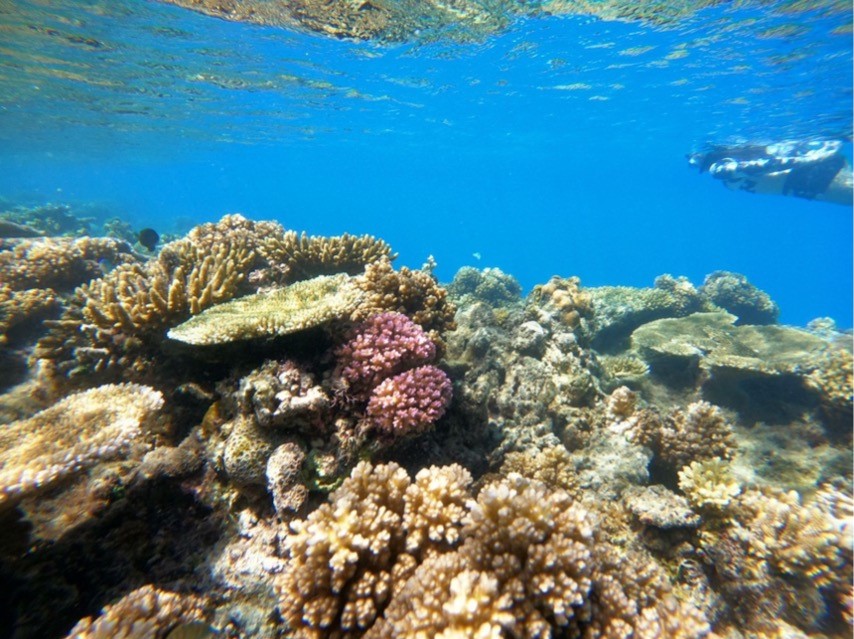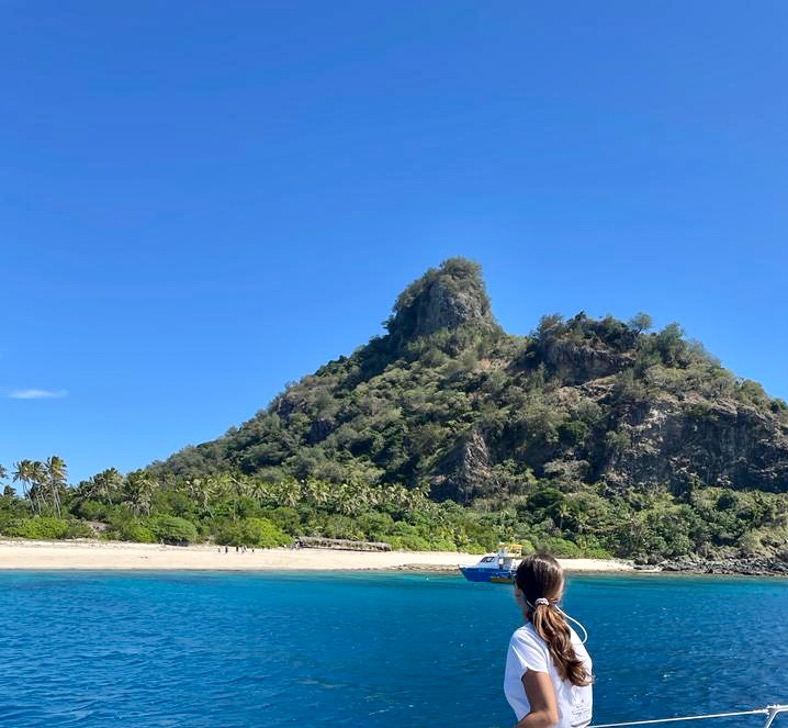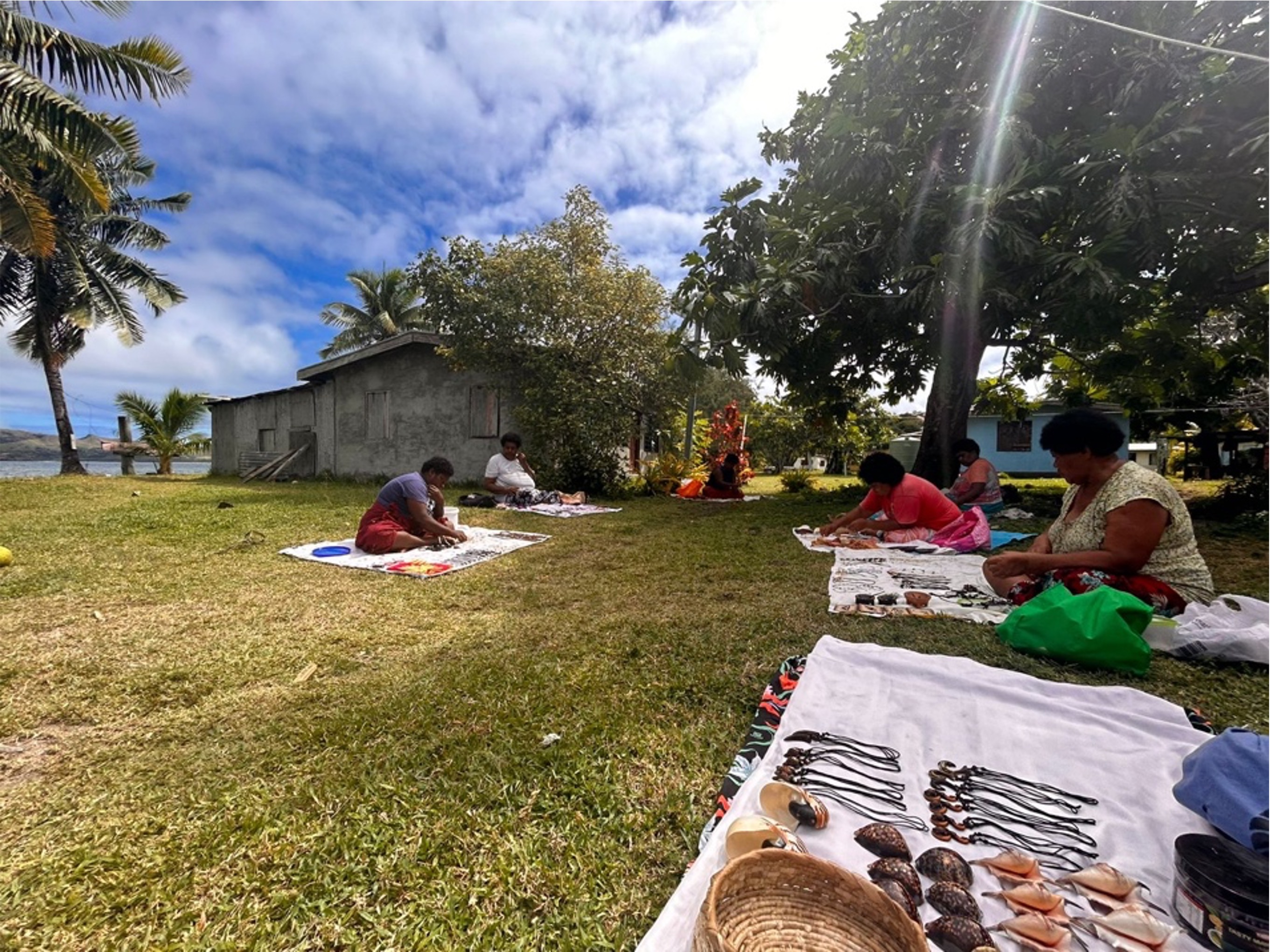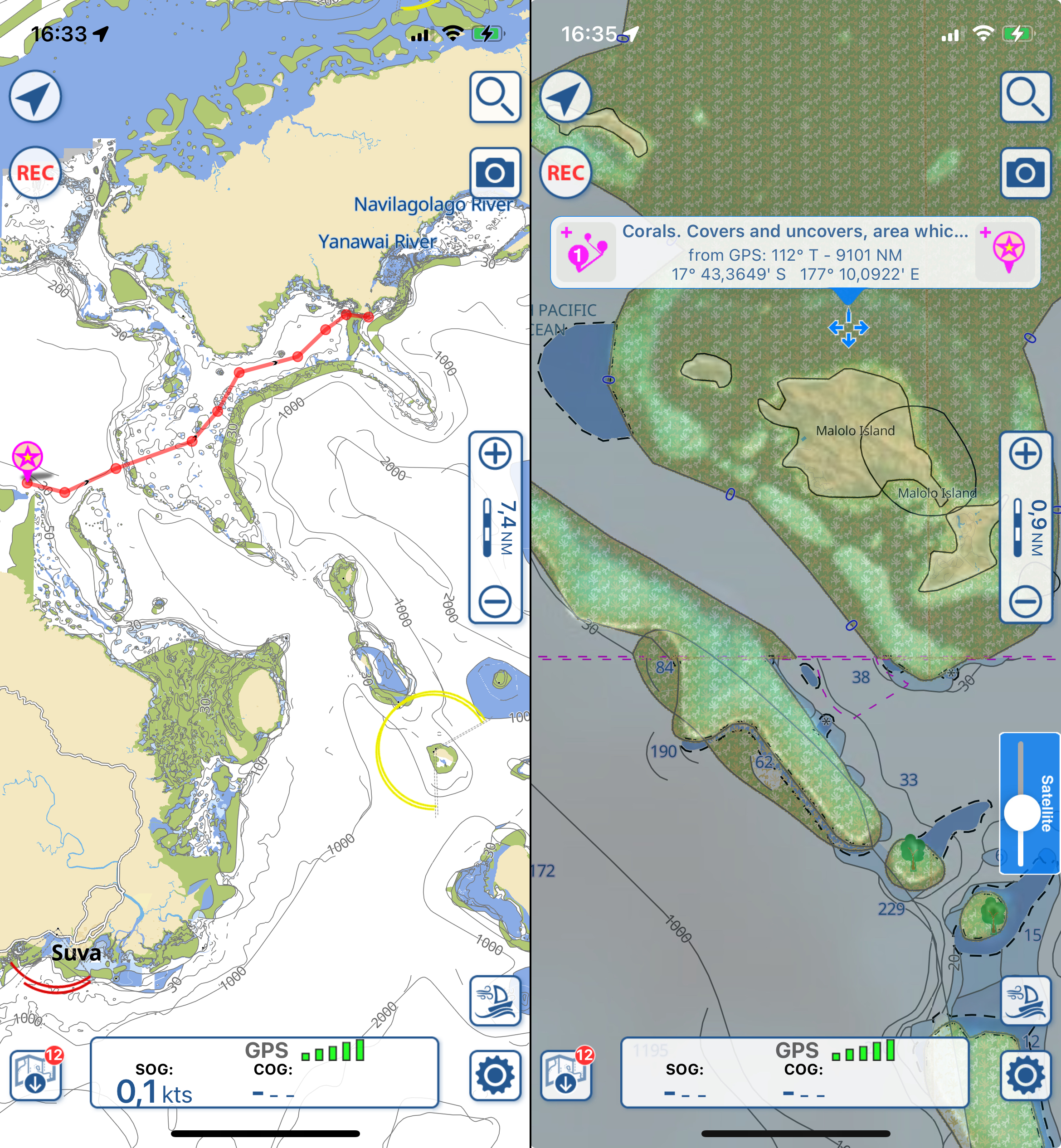The magic of Fiji
Fiji’s archipelago comprises over 300 islands, located between Vanuatu and Tonga. The islands of volcanic origin were visited by the great oceanographer, Jacques Cousteau, who saw an amazing diversity and abundance of coral seascapes, declaring Fiji the soft coral capital of the world. If you are a passionate snorkeler or SCUBA diver, then Fiji is for you. The first time I explored the Fijian underwater world, I was mesmerized by the vibrant coloration of corals, Pacific giant clams, sea snakes, and the diversity of reef fishes everywhere.

As a marine biologist and conservationist, diving among healthy coral reefs was an uplifting and positive experience. Corals are susceptible to rising temperatures and coral bleaching events are common worldwide. I have seen white coral skeletons and rubble, and it feels like swimming through a graveyard! However, this is not the case for Fiji. There are also numerous coral restoration programs and conservation efforts to preserve these ‘underwater rainforests.’ I advise you to contact local resorts and NGOs when you visit Fiji, so you can also be part of their coral restoration activities or you can help with donations.
Here are some links of ongoing coral restoration projects and other conservation organizations based in Fiji:
https://www.kokomoislandfiji.com/sustainability/our-ocean/coral-restoration/
https://www.fiji.intercontinental.com/natadola-coral-reef-project
https://www.plantationisland.com/activities/coral-conservation/

Fiji offers something unique to everyone. Around the islands, there are incredible surf spots, such as Cloudbreak, Swimming Pools, and Restaurants, which are considered the best spots to surf. These locations have some of the most perfectly shaped tubular waves, as nowhere else in the world. Additionally, protected bays such as Musket Cove are perfect for kitesurfing, wind foiling, kayaking, and other watersports. The strong winds over clear blue water and sunny skies make up for kitesurfing heaven, and it is very common to see people setting up their gear and getting ready to go from the back of their boats.

There are loads of hikes and land walks. Walking in the tropical heat can be tough, but once you get to the top of the islands, the view will leave you speechless. Some of the most northern islands seem so remote that they will leave you feeling like Tom Hanks in the Cast Away film. As a fun fact, you can visit the Castaway Island (Modriki Island) as well as The Blue Lagoon Island, where these iconic films were made. Another must-see location is the Sawa-I-Lau Caves.
These are caves with underwater short tunnels that connect with one another and can be explored with your local guide as you feel like part of the Indian Jones series, to continue with movie references.

Fijian culture
Local people are filled with Bula! They are the most joyful and nicest people that you encounter. Bula is the local greeting and it means ‘life’ or ‘good health’. You will hear this word frequently. It is also highly encouraged to participate in the Kava ceremony, a local drink with medicinal properties and a very particular earthy taste. All Fijians are happy to tell you about the meaning of the Kava ceremony, and they will always welcome you when you visit their villages. Traditionally, this sacred drink was consumed by village elders and some men; however, nowadays, women and children can also participate in the Kava ceremony. Large quantities of Kava can have hallucinogenic effects on the organism. Nevertheless, in small doses, it calms the nerves, soothes pain, and relaxes the body. In my case, Kava gave me lucid dreams. During the ceremony, you will be offered a sip of this drink in a coconut bowl, and as you take it, people will clap three times as a form of respect. I encourage you to participate in this ceremony at least once since it allows you to be truly immersed in Fijian Bula culture.
In addition to Bula, Fijians are filled with music and always sing. Their songs are moving and filled with stories about their culture and traditions. Expect to hear their songs as you arrive, and as you leave. They certainly know how to make you feel greeted and welcomed.
Fijian women make the most beautiful shell craft, while the men are very skilful with wood carvings. If you visit a village, they will set up an artisanal market just for you. And if you love pearls, like I do, you will love Fijian pearls: they are so beautiful and rare.

Sailing around coral bommies, patch reefs, and channels
During this season, we sailed through Mamanucas and Yasawas. First, we arrived at Port Denarau Marina, which is the main port and gateway to exploring the western island chains. After clearing customs, fuelling, and provisioning, we started our trip to Musket Cove. This was my favorite and most familiar place in Fiji as we spent the majority of our time there.
To successfully sail around Fiji, you need to tune your sailor’s instinct. Fiji is filled with shallow bommies, patch reefs, and mislabelled rocky outcrops. Even the most experienced captains or sailors will hit the reef at least once, but to avoid this, it is important to never let your guard down. Here are some tips for you.
Observe changes in water coloration: reading the color of the sea is important. To do this, identify darker blues from lighter blues and brownish coloration. The lighter it is, the shallower the reef patch. Also, you can see tiny waves being formed over a bommie, which is an indication of the reef's presence. Polarized sunglasses help to define changing water colors. Some shallow bommies are labeled with a pole, but do not trust that all of them are labeled. When navigating between islands, maintain a slow steady speed and, as a general rule, do not navigate at night. In this scenario, most of the reef crash accidents occur.
Use different apps and paper charts when planning to move around and even satellite imaging to identify uncharted reef objects. It is important to use all tools in hand, as Fiji’s bommies and reef patches make it seem like you are navigating through a landmine.Another useful tip is to prevent your anchor from dragging. Do not forget to set an anchor alarm, such as the Aqua map app alarm. Winds tend to pick up at night, so be aware of that. Apart from not dragging your anchor, is important to leave enoughs winging space between you and your neighbors.

Reefs have been around for millions of years, and their skeletons take a lot of time and energy to form, so taking care of them by being responsible sailors is fundamental. Take all the measurements you can to avoid hitting the reef, even as you move around in a dingy or tender. Coral reefs are known as the rainforests of the sea, and apart from acting as the planet’s lungs, they sustain the livelihoods of over a billion people. In addition, they support over 4000 species of fish and invertebrate creatures.
In Fiji, I spoke to many sailors from New Zealand and Australia. They all returned to Fiji every winter. I asked them about what is so special about Fiji that it makes them return again: there are thousands of other South Pacific islands. However, what makes Fiji so special, apart from healthy coral reefs and palm trees, is its people.
On a final note, after taking all sailing precautions, there is only one thing to do: enjoy your time in Fiji and BULA!
Article by
Camila Arnés-Urgellés
Marine Biologist




